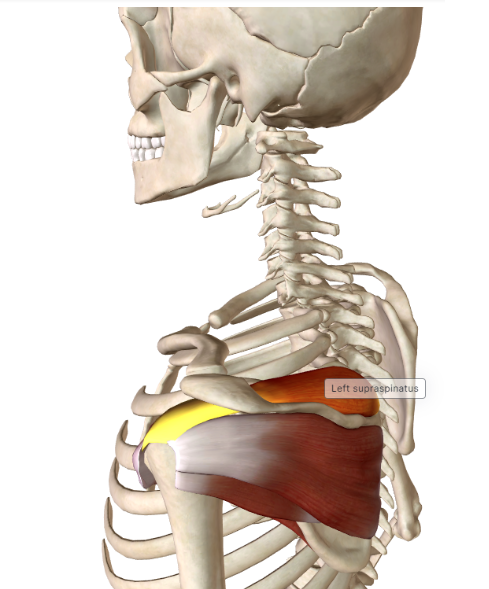Rotator Cuff Injuries

Best treatment for rotator cuff tears.
Treatment for a rotator cuff tear varies depending on the severity, but all tears will need to undertake a time of physiotherapy to strengthen the cuff for optimal recovery.
In most cases of small/minor tears, treatment is conservative - meaning that NO surgery is involved. These tears can be managed by rest, anti-inflammatories and a physiotherapy strengthening program.
If the tear is large or does not respond to a strengthening program, surgery may be needed to repair the cuff. It is best to discuss this with your treating physiotherapist and GP.
If you do end up having surgery, you will still need to undertake a strengthening program after your operation.
Click here to view our self-assessment tool to see if you need to get your shoulder assessed.
Exercises to prevent rotator cuff tears.
Like many other injuries, you can minimize the risk of rotator cuff tears by performing strengthening exercises for your rotator cuff.
In cases of non-traumatic tears that are due to age/worn tendons, maintaining a good base of strength is a great way to prevent tears from occurring.
Exercises to prevent shoulder pain often involve the use of a resistance band or weights. Many of these exercises work on the rotational movements of your shoulder to target the rotator cuff muscles.
Often these exercises will start close to your body and as you gain more strength and control, they start to drift further away from your body and into overhead/more challenging positions.
Watch some of these exercises in the video below!
What is the rotator cuff?
The rotator cuff is a group of four muscles: subscapularis, supraspinatus, infraspinatus and teres minor.
These muscles originate on the scapula and their tendons run underneath the acromion (tip on the roof of the shoulder) where they insert onto the humerus (upper arm bone).
The rotator cuff work together by lifting the arm upwards and assist in centralising the humeral head within the shoulder joint to give the shoulder increased stability. Between the rotator cuff and the acromion is a bursa, a sac filled with fluid to allow for smooth gliding movements of the rotator cuff when the arm is in motion.
How do I know if I have a tear?
The main symptoms associated with rotator cuff tears is a painful and weak shoulder.
Pain is commonly felt on the outside of the shoulder with often some referral down the arm.
There is difficulty performing overhead and lifting activities such as combing your hair and getting dressed. Rotator cuff tears are also associated with a loss of range of motion when attempting to lift the arm. It is quite common to experience night pain especially when lying on the affected side.
A partial rotator cuff tear may present with only mild shoulder pain and weakness with shoulder elevation. With a full thickness tear you will present with severe pain and find it extremely difficult to lift your shoulder or may not be able to at all
What causes cuff tears?
A rotator cuff tear may be as a result from a single traumatic event such as a fall onto an outstretched arm, lifting/catching a heavy weight/object or they can develop gradually overtime due to ageing or from repeated micro-trauma from overuse.
Tears that result from a single traumatic event are often accompanied by a sharp painful moment at the time of injury.
During the ageing process it is normal for the rotator cuff to become worn and degraded. It then becomes weak and prone to tearing.
How do I diagnose a cuff tear?
A rotator cuff tear is best diagnosed with imaging either with ultrasound (US) or magnetic resonance imaging (MRI).
An MRI will be more accurate at identifying the soft tissues of the shoulder in more detail although an US is sufficient to diagnose rotator cuff tears. These imaging modalities can show the location and size of the tear. An MRI will be able to identify whether the tear is new or old as it reveals the quality of the rotator cuff muscles.
It is important to note however atraumatic, degenerative tears revealed on imaging can be associated with the patient experiencing no shoulder pain.
However, an injury to an intact cuff can lead to a traumatic tear – and these tears do require surgical repair. The sooner a repair is performed after injury, the better the outcomes for the patient.
Related Shoulder Pain Blogs

How to sleep with a sore shoulder - link here
Why is my shoulder pain not going away - link here
How do you know it's serious - link here
Is exercise good for my pain? - link here
Should I stretch? - link here
